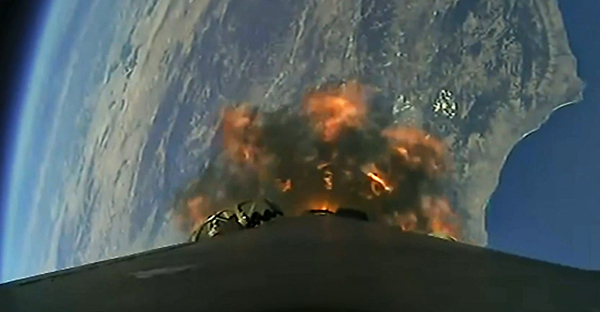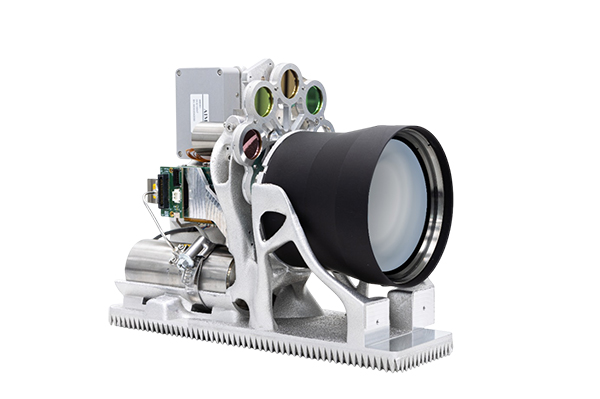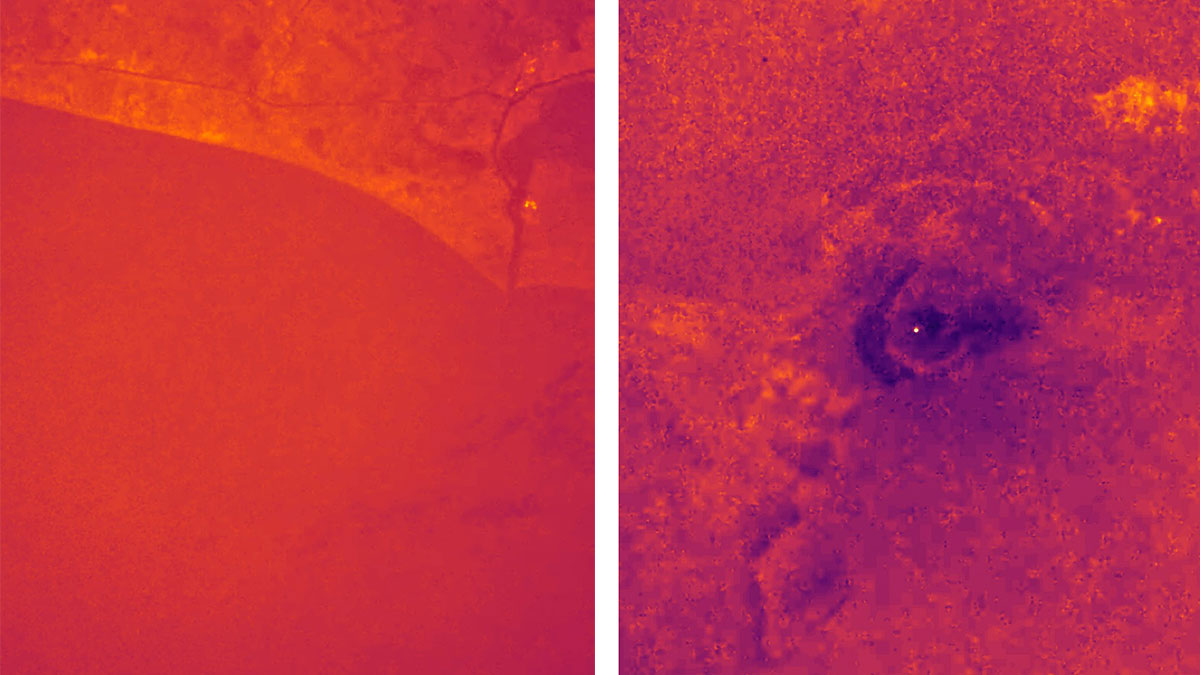ERNST demonstrates the potential of small satellites for military applications. Using innovative infrared technology, it improves missile early warning and provides important infrared data for the national security strategy.


On August 16, 2024, the active phase of demonstrating small satellite technology for military purposes began for the German Armed Forces with the launch of the ERNST research satellite. Developed by Fraunhofer EMI, the 12U CubeSat platform demonstrates the potential of this satellite class, which, in addition to the obvious feature of its smaller size, is characterized above all by cost- and time-efficient implementation. This allows a greater willingness to take risks in development and operation, as the cost threshold of small satellites is much lower and the development time much shorter than that of traditional, large satellite systems. New technologies are brought to initial operational readiness more quickly and can be optimized in short cycles based on practical experience. Small satellites therefore meet one of the urgent needs of a dynamically changing security situation. In this context, ERNST is pursuing two overarching goals. The first is to demonstrate the 12U CubeSat platform technologies, especially their reliability and performance. Secondly, the focus is on demonstrating the technology for detecting missile launches from Low Earth Orbit. Missile defense systems rely on the early detection of military missiles. This information is used to instruct the target radars for countermeasures. Reliable and correct orbit prediction is the key to the success of these countermeasures. Germany has relevant national expertise in this area. Fraunhofer IOSB is contributing its detection expertise to the ERNST mission. Nevertheless, neither in Germany nor in Europe are measurement data from orbit available in the appropriate wavelength ranges. The infrared signatures of intercontinental ballistic missiles or hypersonic gliders and their changes over the duration of their mission, from the initial boost phase through the midcourse phase to the final approach, have not yet been recorded in practical measurements. Understanding these signals is crucial for the development of our own early warning capabilities.
ERNST carries an infrared camera on board for this purpose, which will be used to investigate how targets can be detected and tracked in the short-wave and medium-wave infrared range, both in front of the Earth’s background and above the horizon against the cold space background. The heart of the payload is a detector module that is cooled down to the required temperatures using a cryo-cooler. To our knowledge, this is the first CubeSat with a cryo-cooled infrared payload with this capacity. A filter wheel is used to change the wavelength range. After the rocket launch and the completion of the commissioning of ERNST, the experimental operation of the infrared payload was started and the recording of various areas of interest began. As an example, we show midwave-infrared images. The detection potential is already clearly evident in terms of resolution, signal-to-noise ratio and the ability to distinguish the hot sources against the Earth’s background. Optimization of the operation for the demonstration of the technology and the generation of the ERNST image data is progressing. The detection of the first rocket launch by ERNST is only a matter of time.
